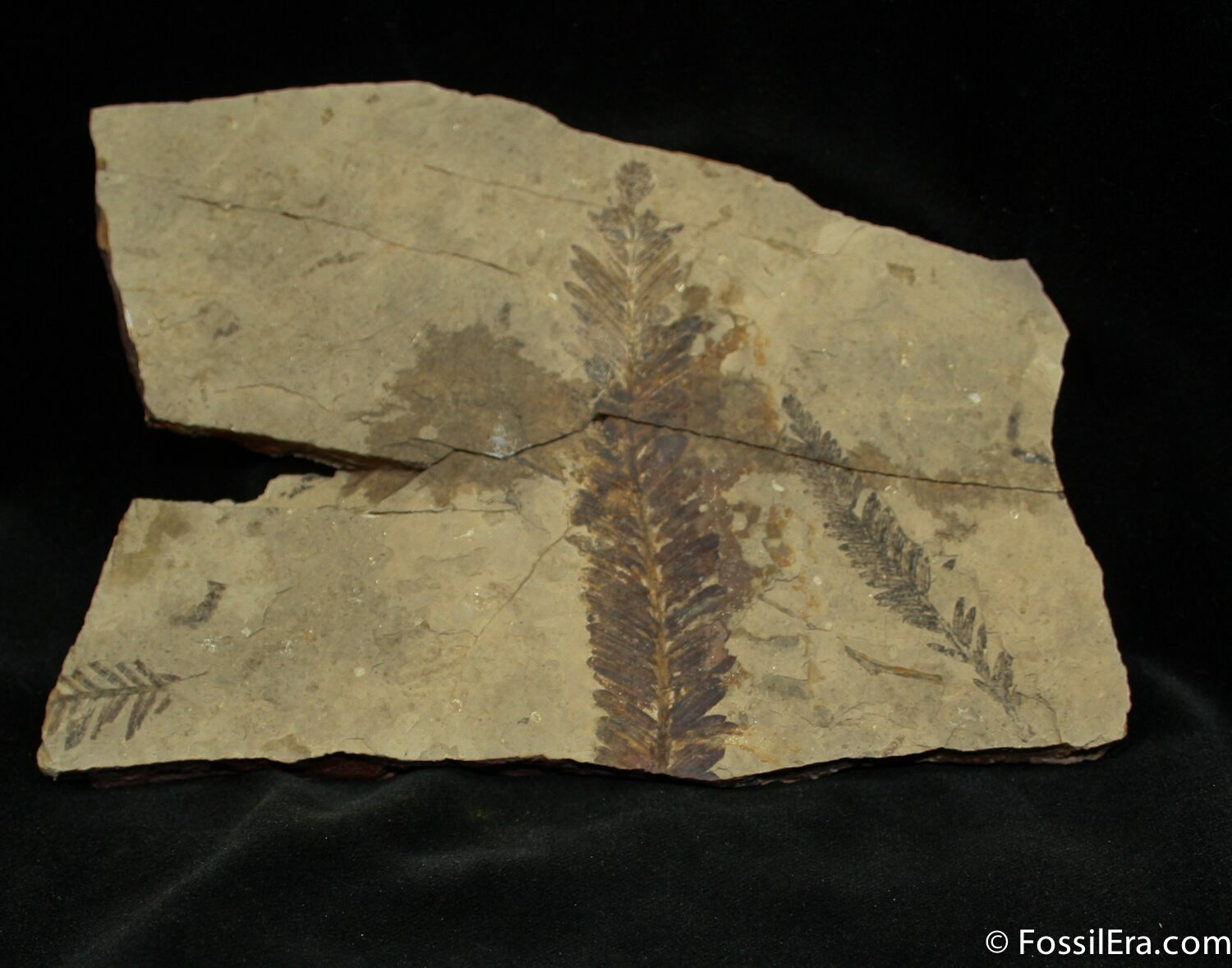

Palaeontographica, Abteilung B, Pälaophytologie 157: 1–43.Ĭlement-Westerhof, J.A. Fossil floras of the Smoky Tower locality, Alberta, Canada. Micromorphology and vegetative anatomy of Taxodiaceae L. Journal of Indian Botanical Society 73: 41–45.Ĭhaturvedi, S.

Epidermal studies of leaf in some members of family Taxodiaceae.
GENUS METASEQUOIA FOSSIL SERIES
Transactions of the American Philosophical Society, New Series 40: 171–263.Ĭhaturvedi, S. A revision of fossil Sequoia and Taxodium in western North America based on the recent discovery of Metasequoia. Palaeontographica, Abteilung B, Pälaophytologie 147: 1–41.Ĭhaney, R.W. Megafossil flora from the Genesee locality Alberta, Canada. Academic Press, New York.Ĭhandrasekharam, A.

Scanning Electron Microscopy: Systematic and Evolutionary Applications. Fine details of some fossil and recent conifer leaf cuticles. Canadian Journal of Botany 62: 281–289.īoulter, M.C. Seed cones of Metasequoia milleri from the middle Eocene of southern British Columbia. Canadian Journal of Botany 59: 2379–2410.īasinger, J.F. The vegetative body of Metasequoia milleri from the middle Eocene of southern British Columbia. Botanical Journal of the Linnean Society 69: 277–286.īasinger, J.F. A controlled method of comparative study for Taxodiaceous leaf cuticles. Further research perspectives using cuticle analyses should provide us with a better understanding of the origin and distribution of these different cuticle types in both living and fossil material. This finding bears significant implications for the evolution and paleogeography of this genus, as well as the conservation of this endangered species. So far, all of the fossil materials examined for cuticle micromorphology possess the Even Type, suggesting that the Even Type cuticle is the ancestral character state for the genus. Except for the possible presence in immature seedlings, the Even Type cuticle appears to be restricted to a tree in Paomu Village in Hunan Province, China whereas the Uneven Type cuticle is widely distributed in the main M. The application of scanning electron microscopy (SEM) methodology is deemed critical for re-evaluating the results previously obtained using light microscopy (LM) techniques and allows reinterpretation of some of the cuticle characters that were either poorly understood or misinterpreted. Previous studies on the cuticle micromorphology of living and fossil Metasequoia are discussed. The result is a comprehensive review of the existing data and methods used in the past to analyze living and fossil cuticle, as well as the impact of cuticle analyses for interpreting the evolutionary history of the genus. The recent discovery of two distinct cuticle types, Uneven Type and Even Type, within the native population of Metasequoia glyptostroboides Hu et Cheng has prompted re-evaluation of the taxonomic utility of cuticle characters in both living and fossil Metasequoia Miki.


 0 kommentar(er)
0 kommentar(er)
